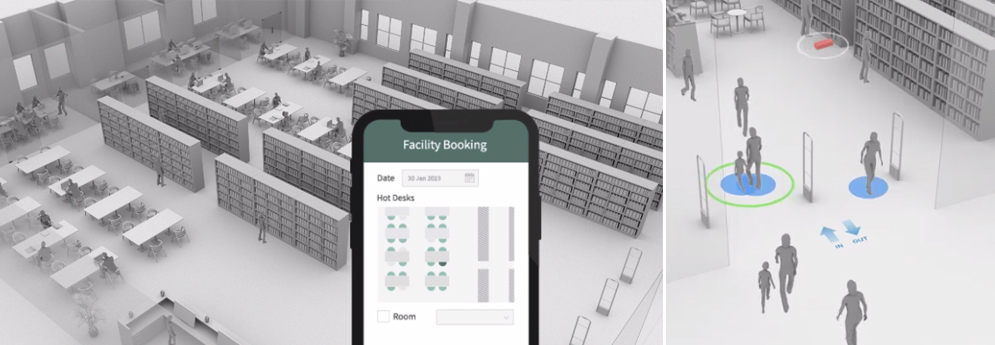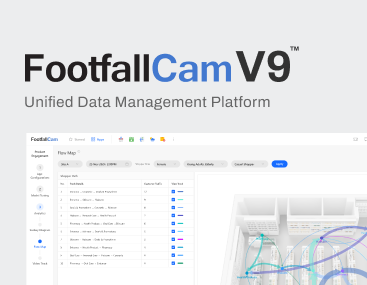People counting system can provide valuable insights to make data-driven decisions for better user experience.

Libraries can benefit from using people counters in several ways:
Understanding Space Utilisation: Libraries are designed to accommodate a certain number of people, and people counters can help libraries understand how many people are using the space at any given time. By analysing the data collected from people counters, libraries can adjust space utilisation to better serve patrons, reduce overcrowding, and optimise staffing.
Managing Resources: With data from people counters, libraries can manage resources such as seating, workstations, computers, and other equipment. By understanding which areas are more popular and which resources are being utilised, libraries can adjust their resources to optimise usage and improve the experience for patrons.
Planning for Expansion or Renovation: People counters can help libraries determine if they have outgrown their current space or need to renovate to accommodate more patrons. By analysing the data collected from people counters, libraries can determine the number of people who are using the space, how long they stay, and other factors that can inform decisions about renovation or expansion.
Measuring the Impact of Library Programs: By analysing data from people counters, libraries can measure the impact of programs, events, and outreach efforts. For example, if a library holds a special event, a people counter can track how many people attended the event and how it impacted overall library usage.
Overall, people counters can provide libraries with valuable data that can help them understand space utilization, manage resources, plan for expansion, and measure the impact of library programs. By using data to make informed decisions, libraries can improve the experience for patrons and better serve their communities.











